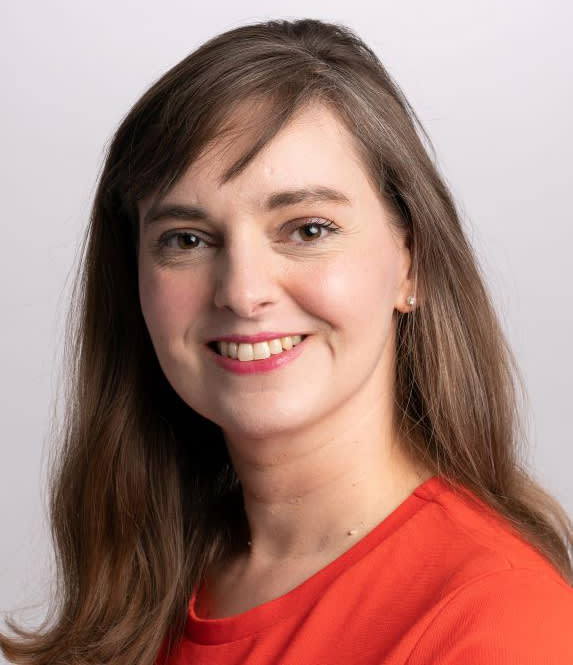Pressure in recent years has been heaped on multilateral development banks — and their balance sheets — to adapt to the world’s mounting challenges, particularly in relation to the alleviation of poverty and the growing threat of climate change.
A report commissioned as part of India’s presidency of the G20 last year urged MDBs to increase their annual spending to $3tn by 2030, consisting of $1.8tn for climate projects and $1.2tn for meeting other sustainable development goals.
In response to this need for additional spending, the World Bank’s new president spoke of his hope that new contributions from wealthy donor nations — combined with measures to stretch the bank’s balance sheet — could increased the bank’s lending capacity to $125bn over a decade.
Bhargav Dasgupta, vice-president, market solutions at the Asian Development Bank, explains that this means MDBs are looking at how they can best utilise resources to meet common goals.
A similar approach is being taken by the Asian Development Bank, says Dasgupta, at a time when the bank and its peers are battling with a ‘polycrisis’ and fiscal constraints.
“What we’re seeing is a lot more expectation from MDBs, both in terms of impact and scale of operation. What the ADB has done in that context is to implement our capital adequacy framework. We relooked at our risk models and we’ve increased our lending headroom by about 40 per cent. We typically do about $26bn dollars annually, but we are now up to about $36bn,” he told The Banker.
“We are now looking at how to utilise that additional headroom. But we have put out our intention of doing a lot more, and creating greater impact.”
Yet there is still scope for increasing capacity to meet the financing demands. Dasgupta says that under the new operation model, the ADB has undergone a private sector shift. This has seen involvement from the European insurance sector, and an evaluation of possibilities within the capital markets.
“There is clearly a much larger opportunity of doing more with the private sector. We are doing work on the upstream side with our developing member countries on sector reforms to enable private capital mobilisation,” Dasgupta says. “Secondly, we have a dedicated team working with governments on the public-private partnership projects and working on specific transaction advising to ensure that private capital can be mobilised.
“Thirdly, we have a dedicated fund which is looking at project preparation. This looks at how we use tier funds to ensure that we help develop more bankable projects. Lastly, there is obviously a lot more outreach we can do with the private sector to see how we advise and help in creating more projects that are bankable to achieve the impact objectives that we want,” Dasgupta adds.
In addition to increasing the available finance, the pressures on the developing member countries have expanded to cover more areas, with scope across the impact of inflation, food, and the climate crisis. Dasgupta says that despite the number of crises, the bank is looking at creating the level of impact they are both expected to and want to create.
“We are focusing on regional co-operation. We are addressing the vulnerability driven by food inflation, the pandemic, the health crisis. We are working on digitalisation because we believe that’s a very powerful tool for improving efficiency, reducing the climate footprint, and reducing cost for our developing member countries. Similarly, if you can digitalise trade, there is tremendous benefit in terms of speed, cost, and the carbon footprint.”
Additionally, there is increased benefit from working with the other MDBs. During the last World Bank meeting in Marrakech in October 2023, the ADB made a joint announcement with other MDBs — including the African Development Bank, European Bank for Reconstruction and Development, and the Islamic Development Bank — that they would be working together across five key performance indicators.
“We need to work together, particularly in the upstream side,” Dasgupta adds. “I believe there’s scope for us to collaborate a lot more.”










